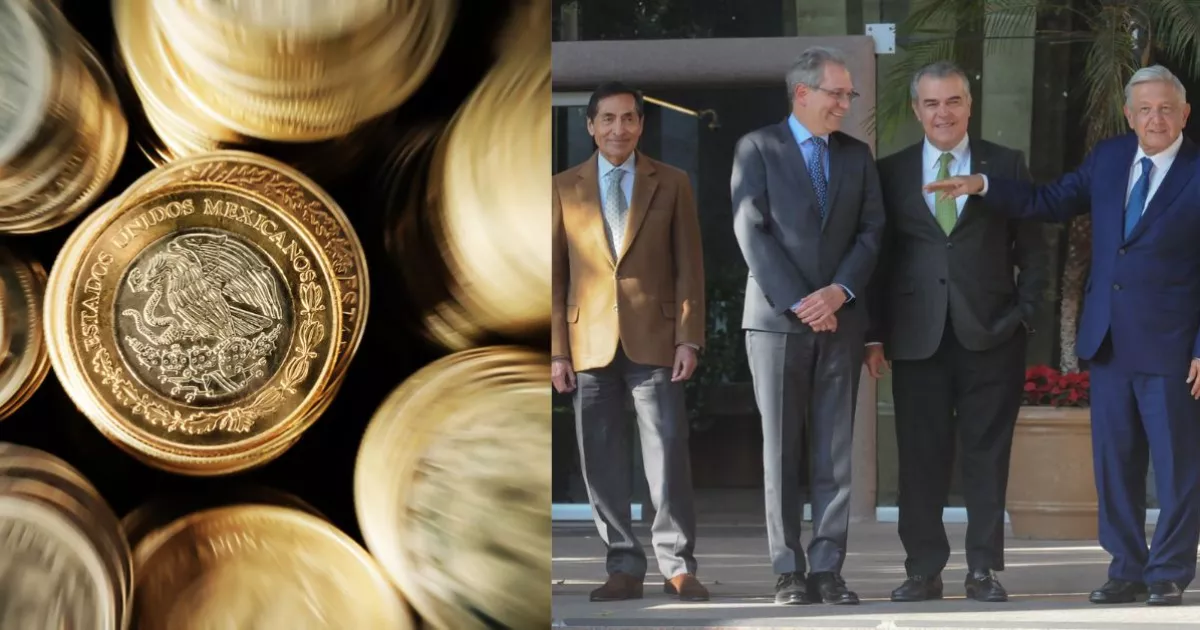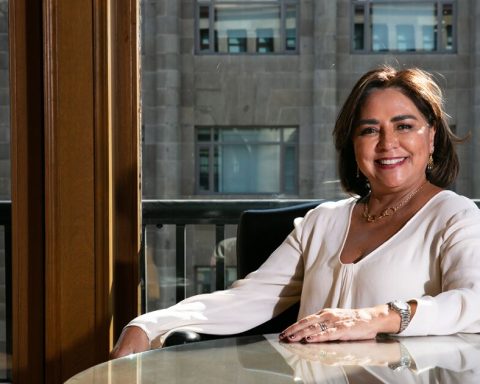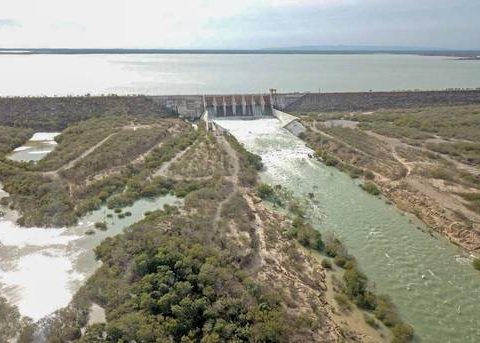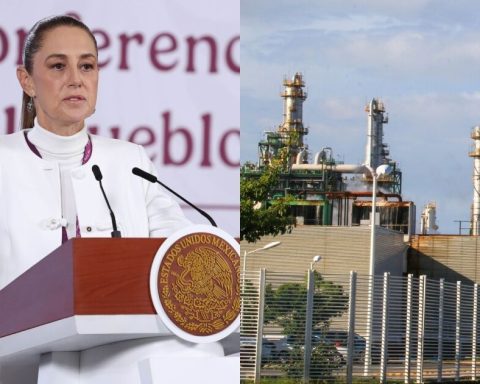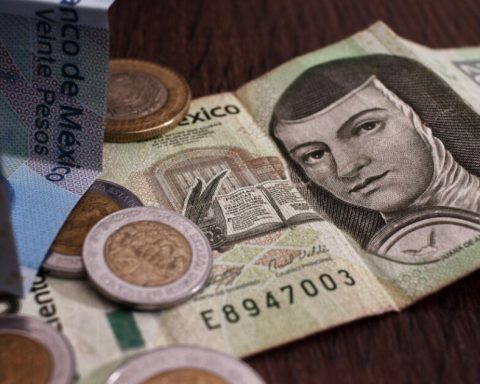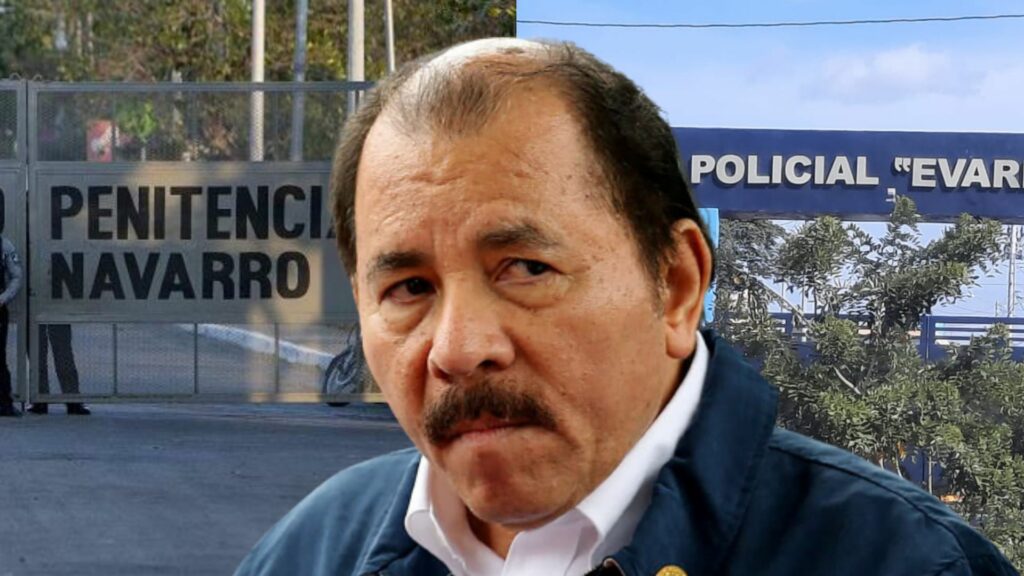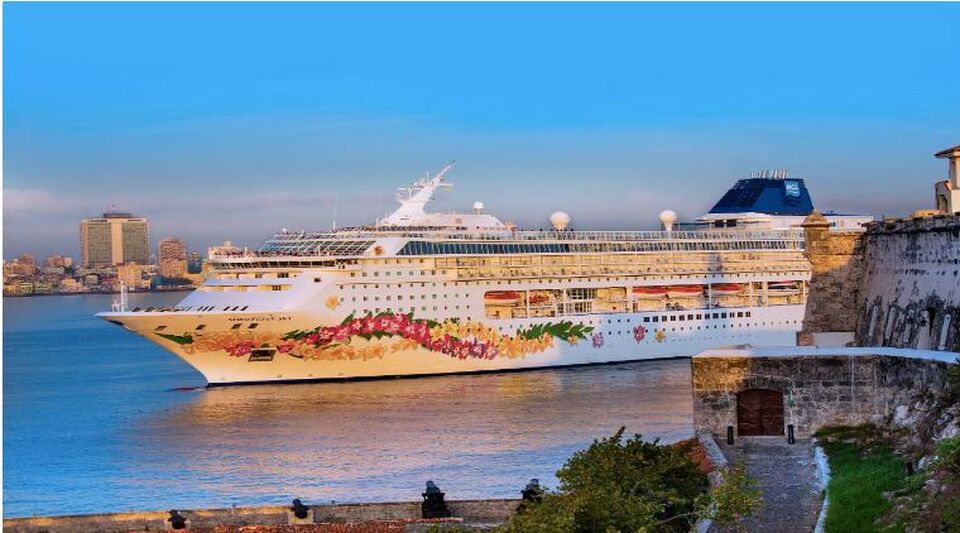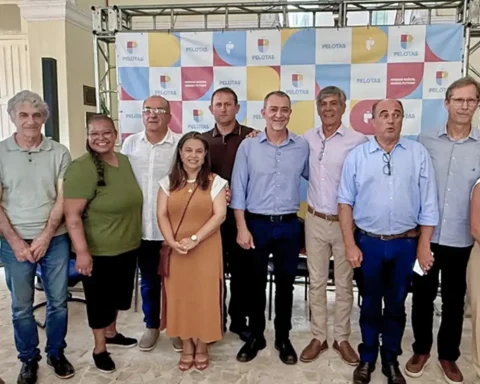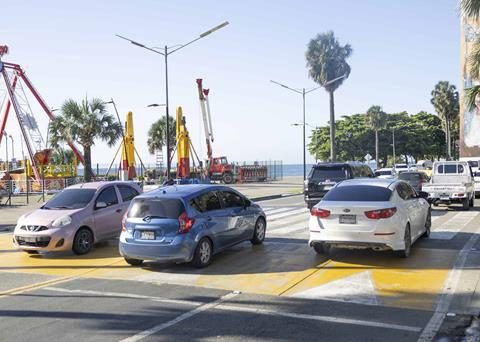7. That Banamex be sold. Citibgroup put Banamex up for sale at the beginning of the year, large buyers have left the list; Azteca Bank by Ricardo Salinas Pliego; Santander by Ana Botin; Hank González’s Banorte, and recently Carlos Slim’s Grupo Financiero Inbursa. Leave the way clear for Grupo México led by Germán Larrea, and Grupo Mifel led by Daniel Becker.
Bank of America Securities (BofA) estimated the operation at 15.5 billion dollars (mdd) at the beginning of 2022, the conclusion of its sale would add confidence for investment in Mexico, in addition to a significant sum of billions of pesos for the treasury Mexican, according to Mexican President Andrés Manuel López Obrador.
8. Being able to make an appointment with the SAT. Since the beginning of the pandemic, the loss of personnel for taxpayer assistance that occurred with it, and new demands to attend online, obtaining an appointment with the Tax Administration Service (SAT) has become complicated. This has slowed down the creation of sources of employment, because to start a new business you must be registered with the treasury.
Having a system and expeditious attention from the Mexican treasury would also allow greater tax collection that can be invested in infrastructure to provide public services such as health and education.
9. More investment in infrastructure. Spending on public infrastructure such as hospitals, schools, ports, and airports is extremely important because it influences the economic and human development of the inhabitants of a region or country. In addition to being the main incentive for private investment.
Despite its importance, public and private investment has gone from 22.8% of GDP in 2008 to 17.3% in 2020, the year of the economic and health crisis. For the first quarter of 2022, it stood at 18.6% of GDP.
The ideal, to promote and diversify the economy, according to the Organization for Economic Cooperation and Development (OECD) is that both investments add up to 25% of GDP.
10. That the appreciation of the peso be maintained. The Mexican peso is on track to finish its best performance since the end of 2012, when it appreciated 7.9%. The boost given to the local currency has been supported by the Bank of Mexico’s (Banxico) anticipated interest rate hikes, in addition to higher dollar flows from exports, remittances, and foreign direct investment.
11. Improve wages and benefits. Despite the increases that have been given to the minimum wage, in Mexico the population in working poverty, that is, people who work, but whose income is less than the value of the basic basket, will go from 38.3% to 40.1%, between the second and third quarters of 2022, according to data from the National Council for the Evaluation of Social Development Policy (Coneval).
Just at the end of the third quarter of 2022, 38.6% of the working population did not have access to health institutions; In addition, 35.3% do not have social benefits, without considering health.
12. Less public debt. The federal government will face, in 2023, the cost of the highest public debt in the last 27 years, delimiting resources for other objectives such as investment.
The SHCP refers to the need to allocate one billion 79,000 million pesos next year. The amount that will have to be disbursed by 2023 is equivalent to 3.4% of the Gross Domestic Product (GDP), an amount that has not been seen since 1996, when it then represented 3.5%.
